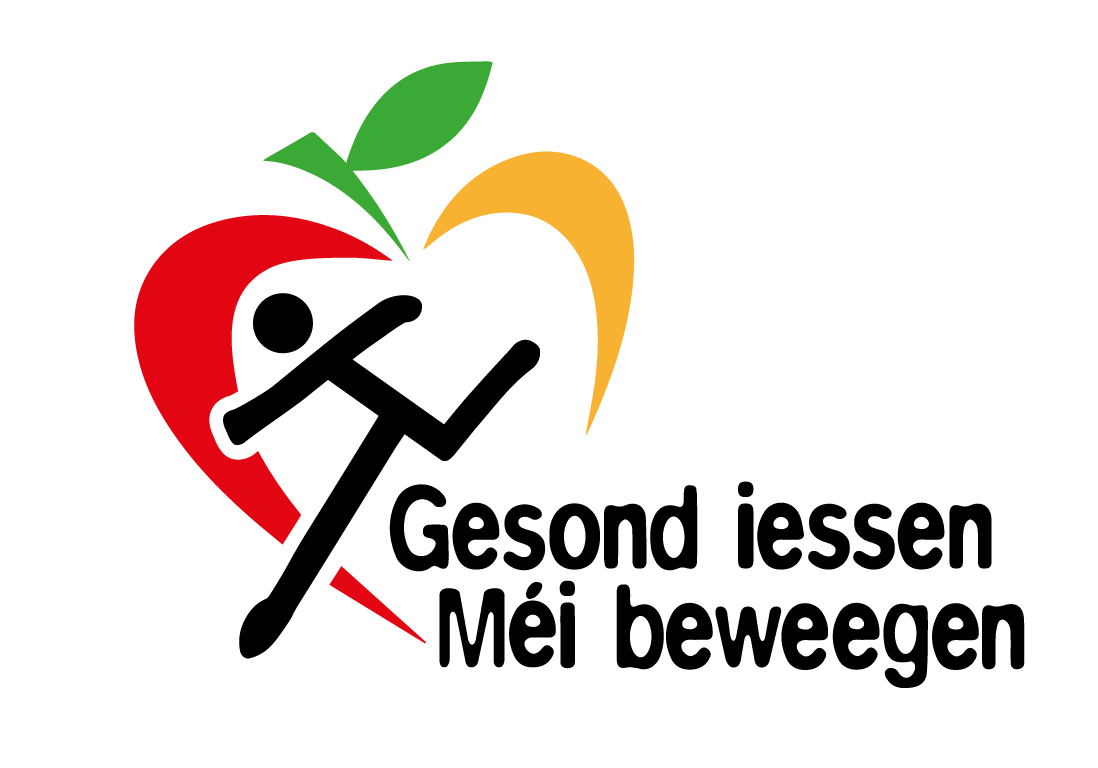Children
Regular physical activity is recommended for everyone - particularly children - who are becoming increasingly sedentary. By definition, nutritional balance is based on equal energy intake and output, hence the need to be active.
How can I be active in everyday life?
- Walk or cycle to school or the shops;
- Play or run around in the garden, play areas and parks, take the stairs;
- Walk your dog or a neighbour's dog;
- Help with household chores (setting the table, taking out the bins, tidying your bedroom, etc.);
- Limit time spent in front of the TV or on computers, etc.
Play a sport, in line with the child's age, physical development and interests. Many sports clubs offer 1 or 2 free test sessions (known as "Schnupperstunde") before you decide whether to join fully.
Take advantage of these and let your child try out different sports.
And above all, set a good example. Get moving with him!
How much exercise should a child do?
The WHO (World Health Organization) recommends at least 60 minutes per day of moderate- to vigorous-intensity physical activity for children and adolescents.
In any event, children will be motivated by the example their parents set. Get active with your child!
Doing a physical activity for more than 60 minutes per day provides additional health benefits.
Daily physical activity should mainly consist of aerobic activity. Activities that strengthen muscles and bones should be incorporated at least 3 times a week.
Examples of activities and their intensity
Moderate intensity: Slight increase in breathing and heart rate, no sweating
- Walking briskly.
- Riding a bike (on level ground).
- Swimming.
- Tidying your bedroom.
- Dancing.
- Ball games and racket sports.
- Taking the stairs instead of the lift.
- Walking the dog.
- DIY, etc.
High intensity: deep and rapid breathing, close to shortness of breath and heart rate rises considerably, sweating
- Walking fast.
- Climbing stairs.
- Cycling.
- Jogging.
- Vigorous swimming.
- Aerobics.
- Team and competitive sports, etc.
N.B. : Intensity can vary from one person to another depending on their fitness.
Published by the Health Directorate (Direction de la santé)
Last update

